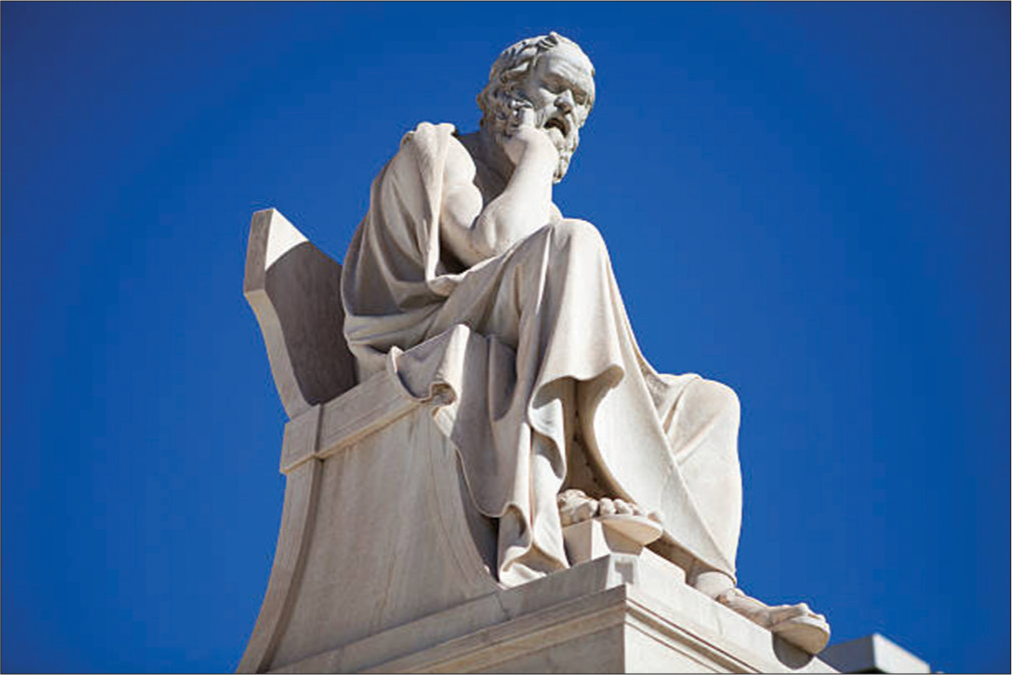- Department of Neurosurgery, University of California Los Angeles, Los Angeles, CA, United States
Correspondence Address:
Seyed Ali Khonsary, Department of Neurosurgery, University of California Los Angeles, Los Angeles, CA, United States.
DOI:10.25259/SNI_675_2024
Copyright: © 2024 Surgical Neurology International This is an open-access article distributed under the terms of the Creative Commons Attribution-Non Commercial-Share Alike 4.0 License, which allows others to remix, transform, and build upon the work non-commercially, as long as the author is credited and the new creations are licensed under the identical terms.How to cite this article: Khonsary SA. Gray matters. Surg Neurol Int 06-Sep-2024;15:323
How to cite this URL: Khonsary SA. Gray matters. Surg Neurol Int 06-Sep-2024;15:323. Available from: https://surgicalneurologyint.com/surgicalint-articles/gray-matters/
Title : Gray Matters
Edition : First
Edited by : Theodore H. Schwartz
Published by : Dutton publisher
ISBN : 978-0593-474105
Price : $32.00
Pages : 480
Year : 2024
Going through this book written by one of the famous Neurosurgeons introduces a brief review of the history of Neurosurgery and the people who established this field, like Harvey Cushing, and contributions made by the other prominent Neurosurgeons like Walter Dandy, Wilder Penfield, Gazi Yasargil, George Ojerman are very clear.
The style he used is very unique by including some of the case histories that he was involved in taking care of them and some of the historical aspects of Neurosurgery he incorporated.
I recommend this book to whoever is interested in the historical aspects of Neurosurgery.
I would like to add a few other pioneers in Neurosurgery who contributed enormously to this field but not limited to them:
Majid Samii, from Hanover, Germany, who established the International Neuroscience Institute and is also one of the pioneers of skull base surgery and advancing neurosurgery, should be credited for his effort.
Alexander Konovalov, previous Director of Burdenko National Medical Research Center of Neurosurgery, Moscow, Russia for advancing the field of Neurosurgery in Russia and around the World.
Talking about epilepsy, Victor Horsley from England should be credited for the first epilepsy surgery in 1884. Unfortunately, his life was short. By being recruited by the British army and was sent to Iraq, where he died after 3 days over there due to severe dehydration and was buried there.
Furthermore, we should not forget the major contribution of epilepsy study and treatment by Jean Talairach et al. in Paris using stereotactic depth electrode implantation and also his famous Coplanar Atlas of the brain, which is unique.
Robert Rand went to Talairach and studied with him and brought the same stereotactic depth electrode study to the University of California, Los Angeles (UCLA) for epilepsy patients’ evaluation.
Warwick Peacock should be credited with starting of hemispherectomy for intractable pediatric seizure disorders at UCLA and being the first in the US.
James Gardner from Cleveland Clinic is the one who in 1959 described the Vascular Decompression for the treatment of Trigeminal Neuralgia.
Rene Djindjian from France should be credited for super-selective angiography of the external carotid artery and spinal cord angiography.
Furthermore, Fernando Vinuela from UCLA should be credited for his advancement and treatment of central nervous system aneurysms and other vascular diseases endovascularly, especially the detachable coil which was introduced at his laboratory.
We should not forget Andres Lozano from Toronto for his contribution and advancement of deep brain stimulation for certain neurological disorders.
Jorge Lazareff should be credited for his work in separating the conjoined twins at UCLA for the first time in the US.
James I. Ausman from UCLA should be credited for establishing Surgical Neurology International, an internet-based free access journal around the world to help promote the advancement of neurosurgery.
There are many other pioneers in this field, but I just mentioned a few more in this book.
By reading this exceptionally well written book in regard to brain surgery, reminding us of the progress made in this field, and mentioning the pioneering work done in brain study, one is reminded about the 2000-year-old theory of dualism of the brain versus monism, which was first brought up by the Greek philosophers such as Aristotle, Plato, and Socrates who considered presence of brain as an organ separate from another factor named soul/mind rather than monism which explains everything as Brain, as the sole organ to explain all the functions related to it.
This theory was again brought up by famous Persian Physician Abi Sin (Ibn Sina) in around 800’s.
Finally, in the 1550s, Rene Descartes, the famous French Mathematician and Philosopher, also brought up the issue of Dualism of the brain and considered the presence of soul/mind versus brain per se.
Although there are lot of evidences in regard to near-death experiences (NDEs), which was brought up by the famous cardiologist from Atlanta, Dr. Michael B. Sabom M.D. in 1981 in Recollections of Death and recently by Pulmonary and Critical Care Specialist, Dr. Sam Parnia M.D. from NY in What Happens When We Die, NDE, one should start thinking about the presence of Soul/Mind separate from the Brain per se.
One should be open minded and think about this topic, which has been around for over 2000 years [
Ethical approval
Institutional review board approval is not required.
Declaration of patient consent
Patient’s consent is not required as there are no patients in this study.
Financial support and sponsorship
Nil.
Conflicts of interest
There are no conflicts of interest.
Use of artificial intelligence (AI)-assisted technology for manuscript preparation
The authors confirm that there was no use of artificial intelligence (AI)-assisted technology for assisting in the writing or editing of the manuscript and no images were manipulated using AI.
Disclaimer
The views and opinions expressed in this article are those of the authors and do not necessarily reflect the official policy or position of the Journal or its management. The information contained in this article should not be considered to be medical advice; patients should consult their own physicians for advice as to their specific medical needs.






